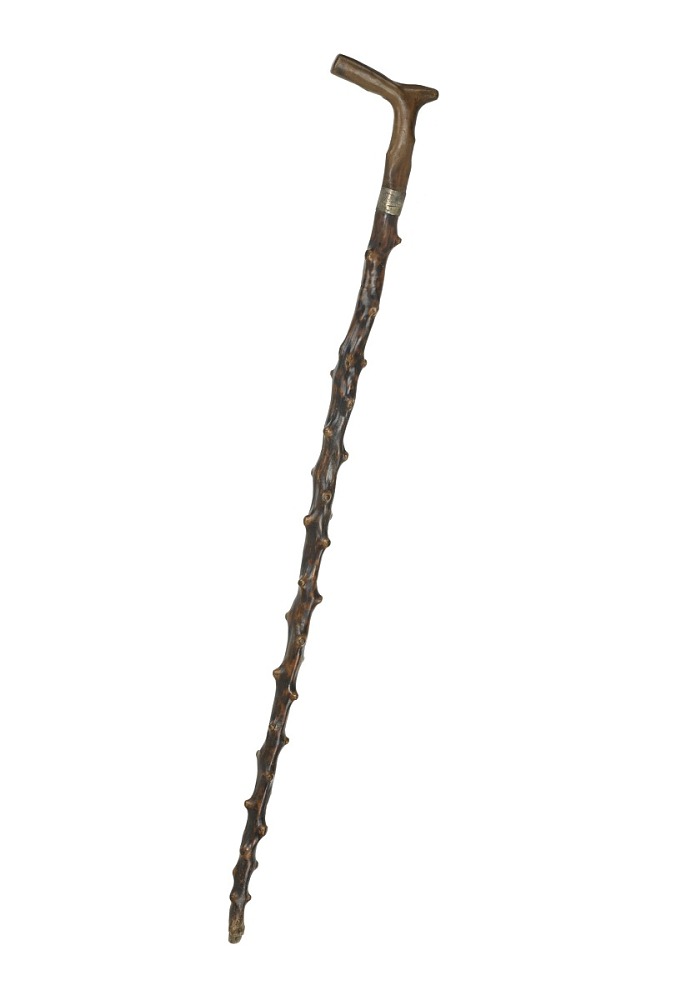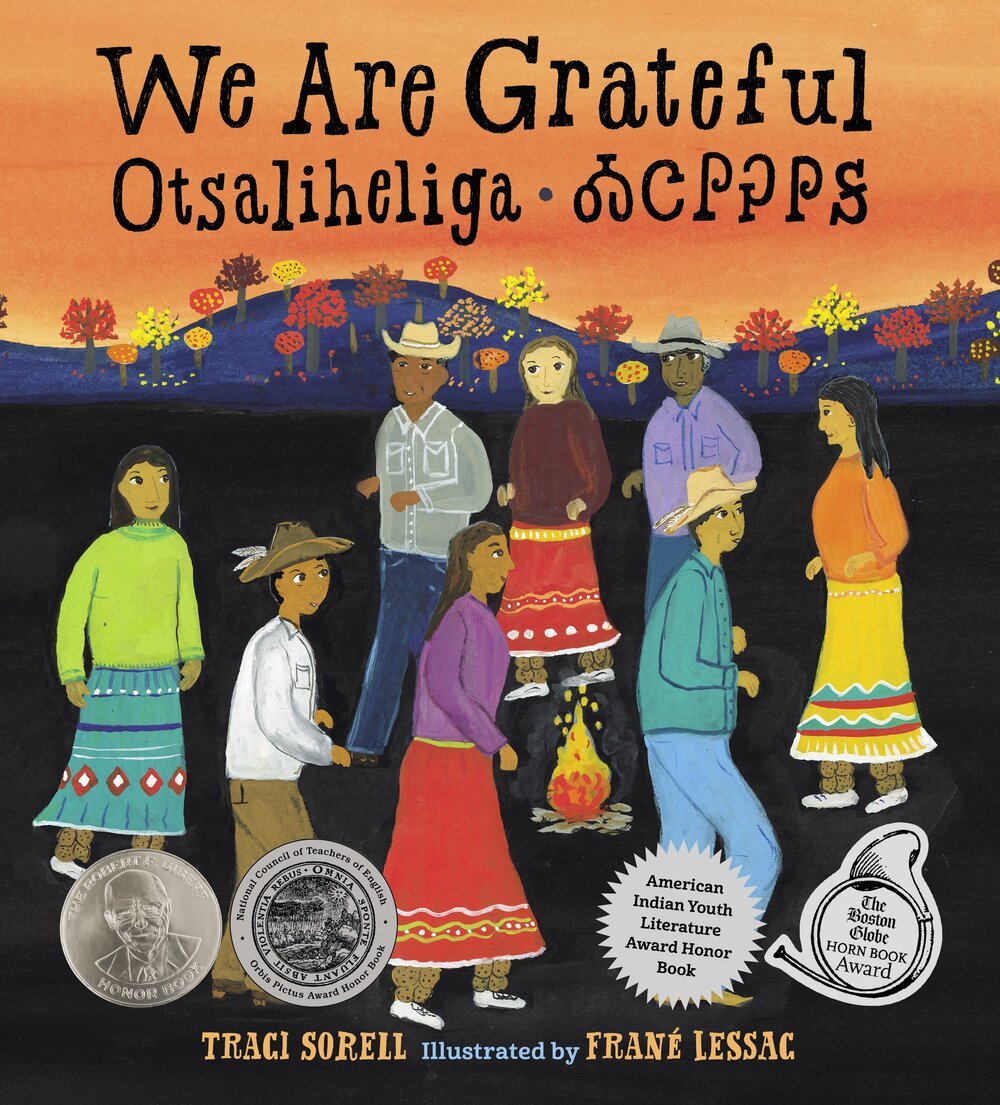As COVID-19 deaths spiked in 2020, Suzanne Firstenberg’s public art installation "In America: How could this happen…"
Museum Artifacts

Grade Range:
6-12
Resource Type(s):
Artifacts, Primary Sources
Date Posted:
3/5/2009
This Thai passport was seized in the well-publicized 1995 El Monte, Calif., sweatshop raid. The passport is part of a larger Smithsonian collection of artifacts documenting apparel industry sweatshops, focusing on the El Monte operation (72 workers were discovered working as slaves). With a legit

Grade Range:
5-12
Resource Type(s):
Artifacts, Primary Sources
Date Posted:
12/23/2010
US Army private's uniform from approximately 1840.

Grade Range:
K-12
Resource Type(s):
Artifacts, Primary Sources
Date Posted:
7/21/2008
In the spring of 1803, Meriwether Lewis began to purchase scientific and mathematical instruments for a pending expedition into the northwestern region of North America. Among the items he purchased from Philadelphia instrument maker Thomas Whitney were three pocket compasses and this silver

Grade Range:
4-12
Resource Type(s):
Artifacts, Primary Sources
Date Posted:
6/11/2014
This teapot was made in England about 1766-1770, possibly by the Cockpit Hill Factory, Derby, England. Inscribed on one side of the teapot is “No Stamp Act” and on the other is “America, Liberty Restored,” both within flowerheads and stylized scrolling leaftips in black. The cover is pain

Grade Range:
K-12
Resource Type(s):
Artifacts, Primary Sources
Date Posted:
11/5/2008
From the 1920s, psychologists have explored ways to automate teaching. In the 1950s, the psychologist B. F. Skinner of Harvard University suggested that techniques he had developed for training rats and pigeons might be adopted for teaching humans.

Grade Range:
K-12
Resource Type(s):
Artifacts, Primary Sources
Date Posted:
9/3/2008
Cesar Estrada Chavez, the founder of the United Farm Workers of America, is one of the most recognized Latino civil rights leaders in the United States. A Mexican American born in Yuma, Arizona, his family lost their small farm in the Great Depression (1930s). Like many Americans, they joine

Grade Range:
K-12
Resource Type(s):
Artifacts
Date Posted:
3/28/2016
Motorola produced the DynaTAC cell phone in 1984 after more than a decade of work in cellular research and technology. The Motorola DynaTAC (an abbreviation of Dynamic Adaptive Total Area Coverage) was the first commercially available portable handheld cell phone. The phone was a 9-inches tall, w

Grade Range:
K-12
Resource Type(s):
Artifacts
Date Posted:
4/16/2018
The reprint of Fortune Magazine’s “Issei, Nisei, Kibei”, which reviewed the war relocation program, reached a wide swathe of the United States and confronted Americans with the severe social issues taking place on the home front. Awareness of the prejudicial treatment of these specific citi

Grade Range:
K-12
Resource Type(s):
Artifacts, Primary Sources
Date Posted:
9/3/2020
This cane belonged to Toussaint L’Ouverture, a military and political leader in the Haitian Revolution. The revolution began as a slave revolt in the French colony of Saint-Domingue in 1791 and ended with emancipation and the founding of the free nation of Haiti in 1804. Nearly half a million ensl

Grade Range:
6-12
Resource Type(s):
Artifacts
Date Posted:
12/30/2020
A box of soap baby that was sold as a campaign tool for Former President William McKinley during the 1896 United States presidential election. An identical box of soap baby was created for the opposing Democrat candidate, William Jennings Bryan. These were produced by the soap manufacturer and not t



















